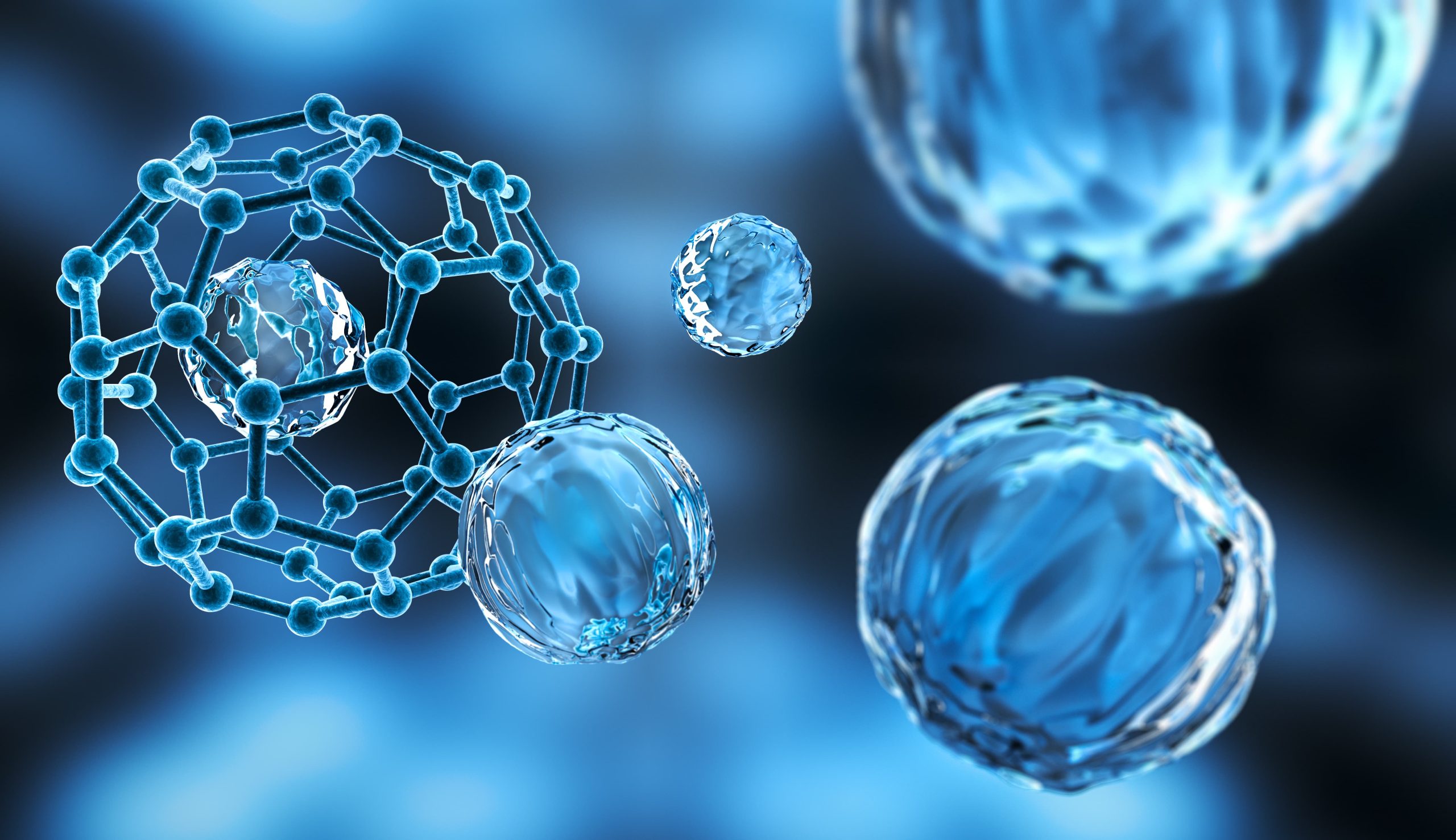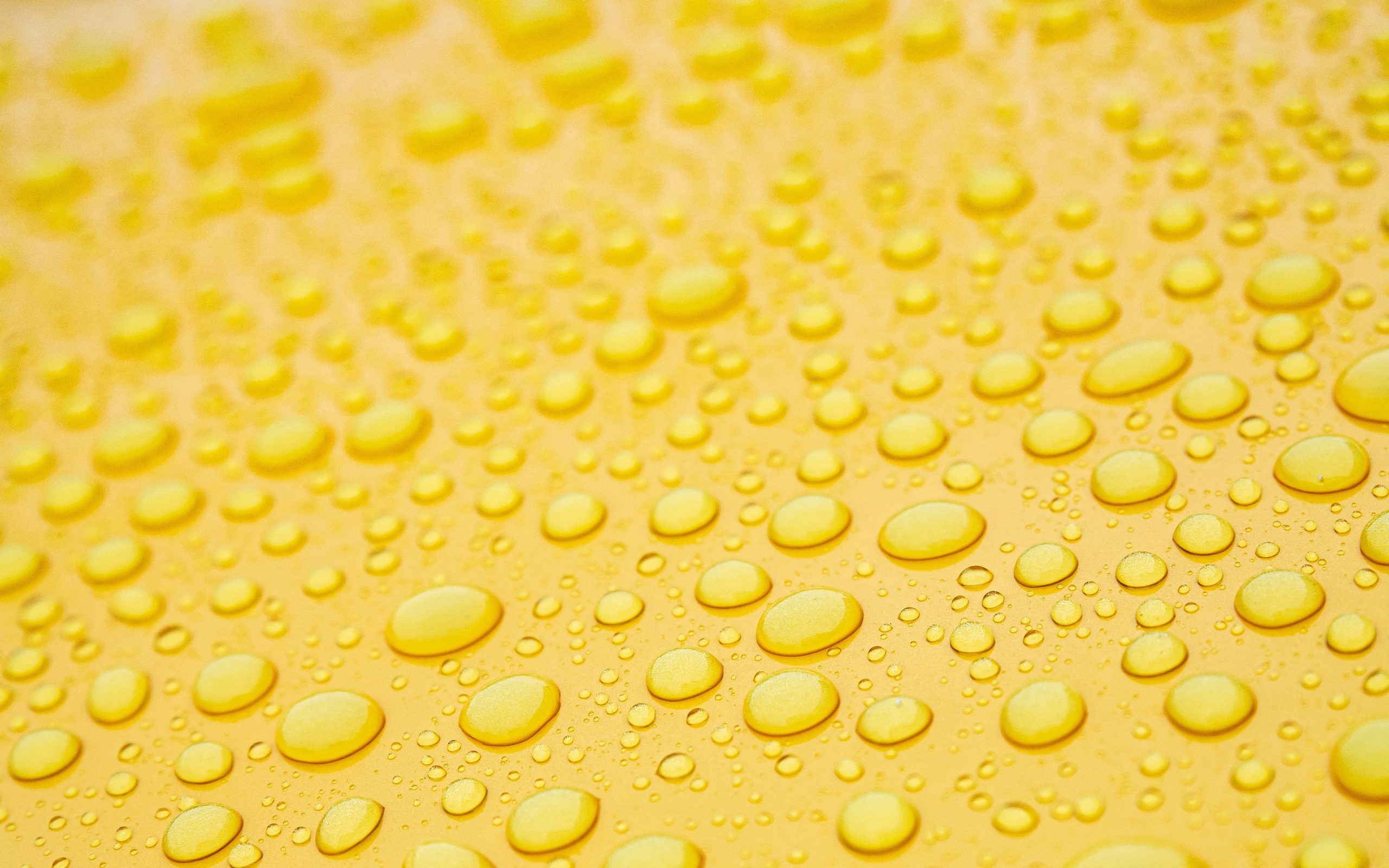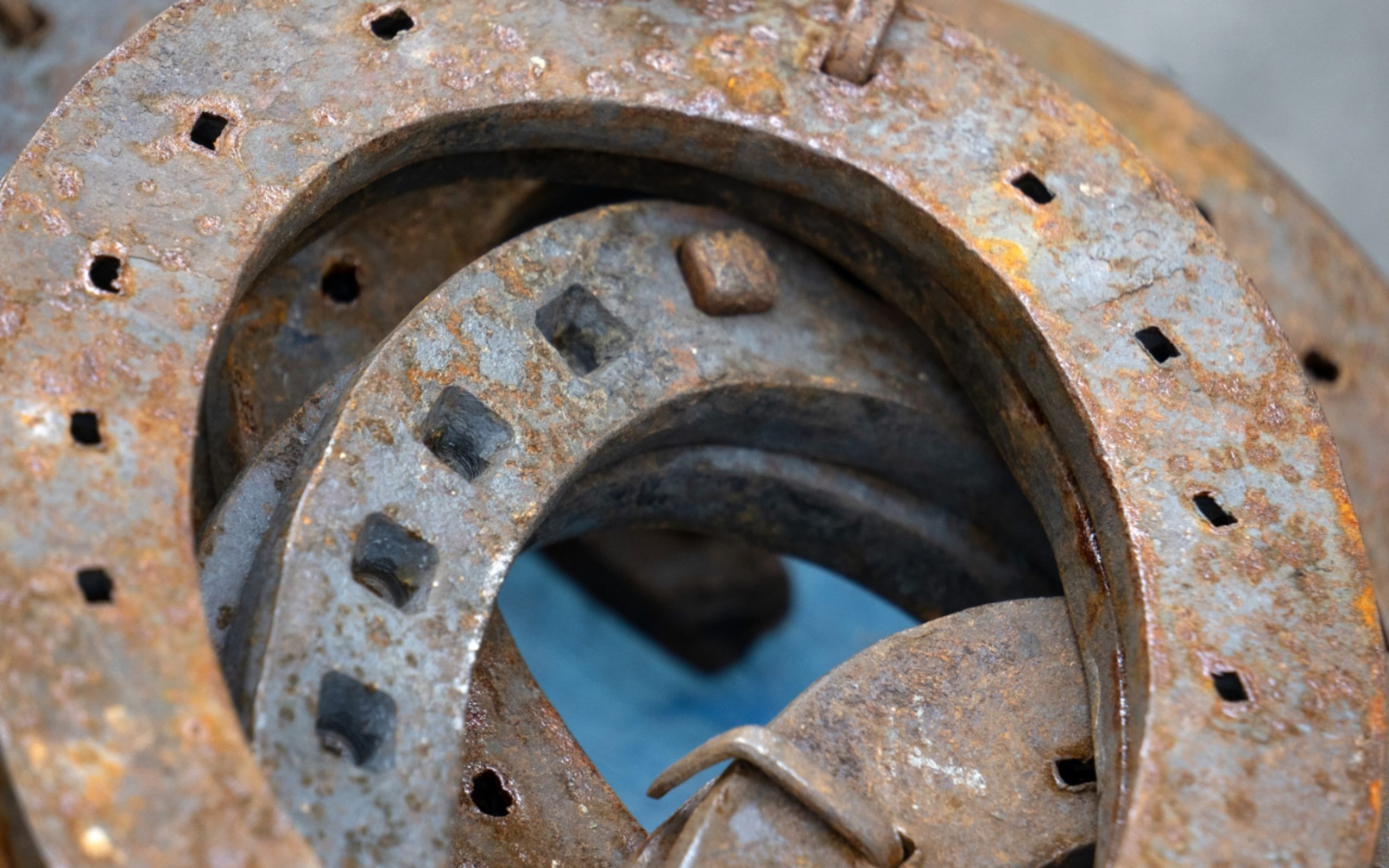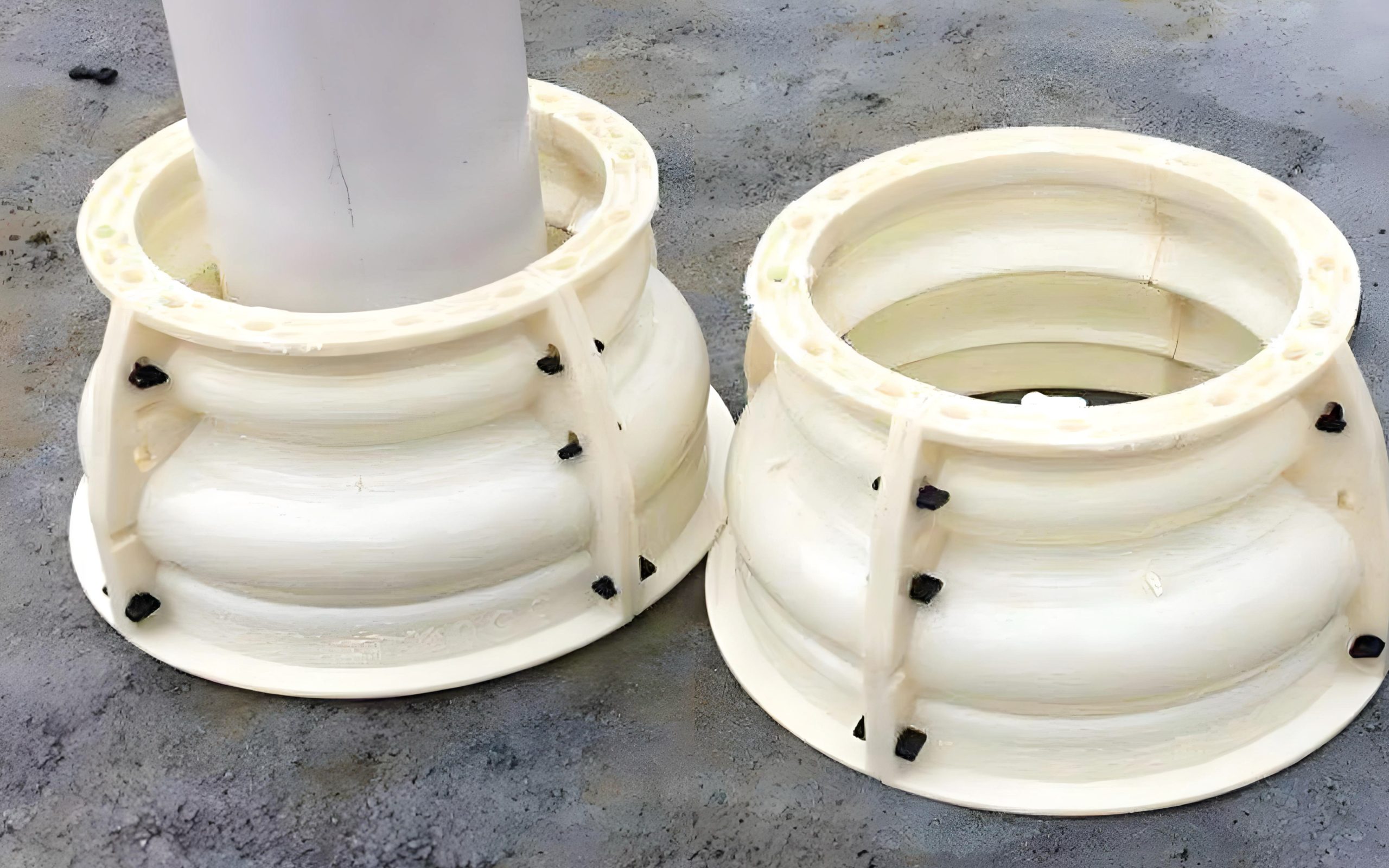Innovation von Nylon-Polyamid-Entgratungsmitteln und fortschrittliche Technologie
11. September 2024

In der modernen industriellen Produktion sind die Herstellung und Wartung von Präzisionsinstrumenten entscheidend. Als effiziente Reinigungslösung spielen Nylon-Polyamid-Entgratungsmedien in vielen Bereichen eine Schlüsselrolle. Mit dem kontinuierlichen Fortschritt von Wissenschaft und Technik haben sich jedoch nach und nach auch die Grenzen von Nylon-Polyamid-Entgratungsmitteln in einigen Bereichen gezeigt. Um die Reinigungswirkung weiter zu verbessern und den Reinigungsprozess zu optimieren, ist es zu einem unvermeidlichen Trend geworden, es mit fortschrittlicher Technologie zu kombinieren. Die Nanotechnologie und die intelligenten Sensoren, die heute zu den modernsten wissenschaftlichen und technologischen Bereichen gehören, haben ein großes Potenzial. Durch die Anwendung von Nanotechnologie auf Nylon-Polyamid-Medien kann die Selbstreinigungsfunktion und die Fähigkeit, winzige Partikel zu entfernen, gestärkt werden, während durch die Kombination mit intelligenten Sensoren eine Echtzeitüberwachung und Optimierung des Reinigungsprozesses erreicht werden kann. In diesem Artikel wird Ihnen die optimale Lösung für die aktuelle Reinigung vorgestellt, die auf der Kombination dieses Sandstrahlkunststoffs und der beiden Technologien beruht.
Übersicht der Nylon-Polyamid-Entgratungsmittel
Merkmale und Vorteile
Nylon-Polyamid-Entgratungsmittel haben sich aufgrund ihrer einzigartigen physikalischen und chemischen Eigenschaften zu einer idealen Wahl für die Reinigung von Präzisionsinstrumenten entwickelt. Es hat eine gute Elastizität und Weichheit und kann sich an die Oberflächen von Präzisionsinstrumenten unterschiedlicher Form anpassen, um Beschädigungen während des Reinigungsprozesses zu vermeiden. Gleichzeitig sorgt die hohe Verschleißfestigkeit dafür, dass das Medium auch nach mehrmaligem Gebrauch eine gute Reinigungswirkung beibehält, was die Häufigkeit des Austauschs verringert und Kosten spart. Darüber hinaus verfügt es über eine hohe chemische Stabilität, eine gute Verträglichkeit mit einer Vielzahl von Chemikalien und Reinigungsmitteln und ist in verschiedenen komplexen Arbeitsumgebungen gut einsetzbar.
Aktuelle Anwendungsbereiche und Herausforderungen
Nylon-Polyamid-Entgratungsmittel werden in der Automobil-, Elektronik-, Luft- und Raumfahrt-, Medizintechnik- und anderen Industrien eingesetzt. Bei der Herstellung und Verarbeitung von Automobilteilen werden Grate und Grate entfernt, um die Oberflächenqualität und die Montagegenauigkeit der Teile zu verbessern; bei der Herstellung elektronischer Geräte werden winzige Grate und Verunreinigungen auf Chipgehäusen und Leiterplatten entfernt, um die elektrische Leistung und Zuverlässigkeit elektronischer Komponenten zu gewährleisten; in der Luft- und Raumfahrt werden winzige Defekte auf der Oberfläche von Schlüsselkomponenten bearbeitet, um die Ermüdungsfestigkeit und die Sicherheit der Komponenten zu verbessern; in der Medizintechnik werden die Oberflächenglätte und die Sauberkeit von chirurgischen Instrumenten und Implantaten sichergestellt, um das Infektionsrisiko bei Patienten zu verringern.

HLH Nylon-Sand
Mit der kontinuierlichen Entwicklung von Präzisionsinstrumenten und den steigenden Anforderungen an die Reinigung steht das Strahlen mit Kunststoffmedien jedoch auch vor einigen Herausforderungen. Zum Beispiel ist die Reinigungswirkung bei einigen extrem kleinen Partikeln und hartnäckigem Schmutz begrenzt; während des Reinigungsprozesses ist es schwierig, die Reinigungswirkung und den Verschleiß des Mediums genau zu erfassen; bei Präzisionsinstrumenten mit komplexen Strukturen ist die Reinigung schwierig, usw. Daher hat sich die Kombination mit anderen Geräten und Technologien zu einer neuen Wahl entwickelt.
Kombination von Nanotechnologie und Nylon-Polyamid-Medien
Anwendung der Nanotechnologie auf dem Gebiet der Materialien
Die Nanotechnologie hat in den letzten Jahren große Durchbrüche im Bereich der Werkstoffe erzielt. Durch das Einbringen von Nanopartikeln oder Nanostrukturen in Werkstoffe können die Eigenschaften von Materialien erheblich verändert werden. So können beispielsweise Nanobeschichtungen die Verschleißfestigkeit, Korrosionsbeständigkeit und Selbstreinigungsfähigkeit von Werkstoffen verbessern; Nanoverbundstoffe haben eine höhere Festigkeit und Zähigkeit und können auch die thermische Stabilität verbessern. Nano-Metallschichten haben eine gute elektrische und thermische Leitfähigkeit und können in elektronischen Bauteilen und Solarzellen verwendet werden. Dies ist auch eine Referenz für die Anwendung der Nanotechnologie in Nylon-Polyamid-Entgratungsmedien.
Prinzipien und Verfahren, um Nylon-Polyamid eine selbstreinigende Funktion zu verleihen
Mit Hilfe der Nanobeschichtungstechnologie wird eine Nanobeschichtung mit superhydrophoben oder superhydrophilen Eigenschaften auf die Oberfläche von Nylon-Polyamid-Entgratungsmitteln aufgebracht, um ihnen eine Selbstreinigungsfunktion zu verleihen. Die superhydrophobe Beschichtung bewirkt, dass Wassertropfen auf der Oberfläche Kugeln bilden, leicht abperlen und den Schmutz auf der Oberfläche mitnehmen; die superhydrophile Beschichtung bewirkt, dass sich das Wasser schnell ausbreitet, den Schmutz auflöst und abwäscht. Darüber hinaus kann die Nano-Photokatalyse-Technologie genutzt werden, um Nano-Photokatalysatoren wie Titandioxid auf die Oberfläche des Mediums aufzubringen. Unter Lichtbedingungen können die Photokatalysatoren eine starke Oxidation bewirken, organischen Schmutz auf der Oberfläche zersetzen und eine Selbstreinigung erreichen. Dies geht aus einem Forschungsbericht hervor, der im Journal of Facade Design and Engineering veröffentlicht wurde: Forscher der Universität Alexandria in Ägypten haben erfolgreich ein selbstreinigendes Nanomaterial entwickelt, das hauptsächlich aus doppelt dotiertem Titandioxid (TiO₂) besteht, das photokatalytische Eigenschaften hat und organische Schadstoffe und Verunreinigungen auf der Oberfläche zersetzen kann, wenn es dem Sonnenlicht ausgesetzt wird, so dass die Gebäudeoberfläche lange sauber bleibt und die Wartungskosten reduziert werden1.

Hydrophobe Wirkung von Keramikbeschichtungen auf Autoklarlack
Möglichkeiten zur Verbesserung der Fähigkeit, kleine Partikel zu entfernen
Um die Fähigkeit von Nylon-Polyamid-Medien, winzige Partikel zu entfernen, zu verbessern, können den Medien Nanopartikel zugesetzt werden. Durch die Zugabe von nanomagnetischen Partikeln, die die Wirkung des Magnetfelds nutzen, wird die Adsorptionskraft des Mediums für winzige Metallpartikel verstärkt. Durch die Zugabe von Nanoadsorptionsmitteln wie Aktivkohle-Nanopartikeln kann die Adsorptionskapazität für organische Schadstoffe verbessert werden. Darüber hinaus kann die Oberfläche des Mediums durch die Gestaltung von Nanostrukturen vergrößert werden, was die Kontakt- und Adsorptionsmöglichkeiten für winzige Partikel verbessern kann. Medienberichten zufolge hat das Umweltschutzunternehmen NanoTech Water Solutions mit Hilfe der Nanoadsorptionstechnologie erfolgreich winzige Schadstoffpartikel in Industrieabwässern behandelt und eine effiziente Abwasserreinigung erreicht.2.
Konkrete Anwendungsfälle und Wirkungsanalyse
Auf Websites wie Semiconductor Engineering erfährt man, dass einige Halbleiterhersteller mit Nanotechnologie behandelte Nylon-Polyamid-Medien zur Reinigung von Chip-Verpackungshüllen verwenden. Diese mit Nanotechnologie behandelten Medien können winzige Partikel wirksam entfernen, die Oberflächenrauhigkeit verringern und die Isolationsfestigkeit verbessern. Nach der Verwendung dieses Mediums wurde die Anzahl der winzigen Partikel auf der Oberfläche des Chipgehäuses um mehr als 50% reduziert, und die Oberflächenrauheit wurde um etwa 30% verringert.
Bei der Herstellung von elektronischen Bauteilen werden mit Nanotechnologie behandelte PA6-Medien zur Reinigung von Leiterplatten und anderen Kleinteilen verwendet, wodurch Lötmittelreste und andere Verunreinigungen effektiver entfernt und Verluste und der Verschleiß der Geräte während des Reinigungsprozesses verringert werden können. Die Reinigungseffizienz wird durch die Verwendung dieses Mediums um 20% erhöht, und der Materialverbrauch während des Reinigungsprozesses wird um 15% reduziert.
Fusion von intelligenten Sensoren und Nylon-Polyamid-Medien
Arten und Funktionsprinzipien intelligenter Sensoren
Es gibt viele Arten von intelligenten Sensoren, darunter Drucksensoren, Temperatursensoren, Feuchtigkeitssensoren, optische Sensoren usw. Diese Sensoren können verschiedene Parameter im Reinigungsprozess in Echtzeit überwachen, z. B. Druck, Temperatur, Feuchtigkeit, Konzentration der Reinigungsflüssigkeit usw. Ihr Funktionsprinzip besteht darin, physikalische oder chemische Größen durch empfindliche Elemente in elektrische Signale umzuwandeln und dann eine Echtzeitüberwachung und -steuerung der Parameter durch Signalverarbeitung und -übertragung zu realisieren.
Verfahren zur Echtzeitüberwachung des Reinigungsprozesses
Durch die Kombination von intelligenten Sensoren mit Nylon-Polyamid-Entgratungsmedien kann eine Echtzeitüberwachung des Reinigungsprozesses realisiert werden. Durch den Einbau eines Drucksensors in die Reinigungsanlage können beispielsweise die Druckänderungen während des Reinigungsprozesses überwacht werden, so dass beurteilt werden kann, ob die Fließfähigkeit und der Einspritzwinkel des Mediums angemessen sind; durch den Einbau eines optischen Sensors kann die Oberflächenqualität von Präzisionsinstrumenten nach der Reinigung in Echtzeit überwacht werden, z. B. ob Restschmutz vorhanden ist. Bosch bietet beispielsweise eine Reihe von intelligenten Sensoren und Automatisierungslösungen für die Qualitätsüberwachung im Automobilherstellungsprozess, einschließlich des Reinigungsprozesses, an; auch Dürr bietet intelligente Reinigungslösungen und Überwachungssysteme zur Verbesserung der Reinigungsqualität und der Prozesssteuerung von Automobilteilen an und hat damit gute Ergebnisse erzielt.
Strategien zur Optimierung des Reinigungsprozesses
Durch den Einsatz intelligenter Sensoren zur Überwachung der Parameter des Reinigungsprozesses in Echtzeit können entsprechende Strategien zur Optimierung des Reinigungsprozesses angewendet werden. Wenn der Drucksensor feststellt, dass der Druck zu hoch ist, können die Parameter des Reinigungsgeräts angepasst werden, um den Druck zu verringern, damit das Präzisionsinstrument nicht beschädigt wird; wenn der optische Sensor feststellt, dass noch Schmutzreste auf der Oberfläche vorhanden sind, kann die Reinigungszeit verlängert oder der Reinigungsprozess angepasst werden. Darüber hinaus kann die Datenrückmeldung des intelligenten Sensors zur Erstellung eines Modells des Reinigungsprozesses verwendet werden, um eine intelligente Steuerung des Reinigungsprozesses zu erreichen.
Fallanalyse und Datenanzeige
Aus der Pressemitteilung von Intel geht hervor, dass nach dem Einsatz intelligenter Sensoren zur Überwachung des Reinigungsprozesses die Zahl der winzigen Partikel auf der Oberfläche des Chipgehäuses um etwa 30% reduziert werden konnte. Diese Verbesserung hat den Isolationswiderstand des Chips um 15% erhöht, was die Gesamtleistung und Zuverlässigkeit des Chips erheblich verbessert.
In der Pressemitteilung der Medizinprodukteindustrie wird bekannt, dass Medtronic die Reinigungswirkung von chirurgischen Instrumenten um 25% verbessert hat, nachdem intelligente Sensoren und mit Nanotechnologie behandelte Nylon-Polyamid-Medien verwendet wurden. Darüber hinaus wurde das Risiko des Bakterienwachstums um 40% reduziert, was die Sicherheit des Instruments erheblich verbessert.
Die medizintechnische Forschung von Johnson & Johnson zeigt, dass durch die Überwachung des Reinigungsprozesses mit intelligenten Sensoren und die Kombination von Nanobearbeitungsmedien die Effizienz der Instrumentenreinigung um 35% gesteigert und die Rückstände von chirurgischen Instrumenten um 50% reduziert werden konnten. Durch diese Verbesserung wird die Sauberkeit der Instrumente erheblich gesteigert.

Medizinische Geräte erfordern extreme Sauberkeit
Vorteile und Auswirkungen der kombinierten Innovation
Verbesserung der Reinigungswirkung von Präzisionsinstrumenten
Die kombinierte Innovation von Nanotechnologie und intelligenten Sensoren hat die Reinigungswirkung von Nylon-Polyamid-Entgratungsmedien für Präzisionsinstrumente erheblich verbessert. Die Selbstreinigungsfunktion reduziert die Ansammlung von Schmutz auf der Oberfläche des Mediums und sorgt für eine gute Reinigungsleistung; die verbesserte Fähigkeit, winzige Partikel zu entfernen, kann extrem kleine Partikel und hartnäckigen Schmutz effektiv entfernen; die Echtzeit-Überwachungs- und Optimierungsstrategie der intelligenten Sensoren gewährleistet die Genauigkeit und Stabilität des Reinigungsprozesses und verbessert die Reinigungsqualität.
Die treibende Wirkung auf die Entwicklung verwandter Industrien
Diese kombinierte Innovation hat eine wichtige treibende Wirkung auf die Entwicklung von Branchen wie der Automobilindustrie, der Elektronik, der Luft- und Raumfahrt und der Medizintechnik. In der Automobilindustrie werden die Qualität und die Zuverlässigkeit von Teilen verbessert, was zur Verbesserung der Gesamtleistung und der Sicherheit von Kraftfahrzeugen beiträgt; in der Elektronikindustrie wird die elektrische Leistung elektronischer Komponenten garantiert, die Ausfallrate verringert und die Modernisierung elektronischer Geräte gefördert; in der Luft- und Raumfahrt werden die Ermüdungsfestigkeit und die Sicherheit von Schlüsselkomponenten verbessert, was die Entwicklung der Luft- und Raumfahrtindustrie stark unterstützt; in der Medizintechnikindustrie werden die Sauberkeit und die Sicherheit von chirurgischen Instrumenten und Implantaten verbessert, das Infektionsrisiko für Patienten verringert und der Fortschritt der Medizintechnik gefördert.
Analyse des ökologischen und wirtschaftlichen Nutzens
Unter dem Gesichtspunkt des Umweltnutzens reduziert die Nano-Selbstreinigungsfunktion den Bedarf an Reinigungsmitteln während des Reinigungsprozesses und verringert die chemische Verschmutzung; die optimierte Steuerung intelligenter Sensoren kann den Energieverbrauch und die Verschwendung von Medien reduzieren. Unter dem Gesichtspunkt des wirtschaftlichen Nutzens werden der Reinigungseffekt und die Produktionseffizienz verbessert, die Ausschussrate und die Wartungskosten gesenkt, was dem Unternehmen erhebliche wirtschaftliche Vorteile bringt. Gleichzeitig entspricht diese Innovationskombination auch den Anforderungen einer nachhaltigen Entwicklung und hat breite Marktchancen. In den Nachrichten gibt es viele Fälle, in denen Unternehmen durch den Einsatz von Umweltschutztechnologie und intelligentem Management eine Win-Win-Situation aus wirtschaftlichen und ökologischen Vorteilen erreichen.
Herausforderungen und Lösungen für die Technologieintegration
Technische Schwierigkeiten und Kompatibilitätsprobleme
Die Kombination von Nanotechnologie mit Kunststoffmedien erfordert die Lösung technischer Probleme wie Dispersion, Stabilität und Kompatibilität von Nanomaterialien mit den Medien. Die Integration von intelligenten Sensoren und Reinigungsgeräten ist auch mit Problemen wie Signalinterferenzen, Datenübertragung und -verarbeitung verbunden. Darüber hinaus haben verschiedene Präzisionsinstrumente unterschiedliche Reinigungsanforderungen, und die Frage, wie die Vielseitigkeit und individuelle Anpassung der Technologie erreicht werden kann, ist ebenfalls eine Herausforderung.
Kosten- und Werbehindernisse
Die Anwendung von Nanotechnologie und intelligenten Sensoren erhöht die Kosten von Reinigungssystemen, was zu einem Hindernis für die Förderung werden kann. Darüber hinaus werden die Akzeptanz neuer Technologien und die Investitionsbereitschaft der Unternehmen die Förderung und Anwendung von Technologien ebenfalls beeinflussen. Mit der kontinuierlichen Weiterentwicklung der Technologie und der Verwirklichung der Großproduktion dürften die Kosten jedoch allmählich sinken. In den Nachrichten wird auch über Kostenprobleme bei der Förderung neuer Technologien berichtet, aber es wird auch erwähnt, dass einige Unternehmen neue Technologien durch innovative Geschäftsmodelle und Kooperationsmethoden erfolgreich gefördert haben.
Reaktionsstrategien und Entwicklungsrichtungen
Bei technischen Schwierigkeiten können wir die FuE-Investitionen erhöhen, interdisziplinär zusammenarbeiten und neue Materialien und Verfahren erforschen. Verbesserung der Dispersion und Stabilität von Nanomaterialien und Optimierung des Designs und der Integration von Sensoren. Was die Kosten und die Förderung betrifft, so können wir die Kosten durch eine groß angelegte Produktion senken, die technische Öffentlichkeitsarbeit und Ausbildung verstärken und das Bewusstsein der Unternehmen für neue Technologien und deren Akzeptanz verbessern. In Zukunft wird die Kombination von Nylon-Polyamid-Entgratungsmedien und fortschrittlicher Technologie mit dem kontinuierlichen Fortschritt der Technologie näher zusammenrücken und sich in Richtung Intelligenz, Effizienz und Umweltfreundlichkeit entwickeln, was mehr Komfort und Möglichkeiten für die Entwicklung der verarbeitenden Industrie bietet.
Die Kombination und Innovation von Nylon-Polyamid-Entgratungsmedien mit Nanotechnologie und intelligenten Sensoren hat neue Durchbrüche bei der Reinigung von Präzisionsinstrumenten gebracht. Diese Kombination verbessert nicht nur die Reinigungswirkung und fördert die Entwicklung verwandter Industrien, sondern hat auch bedeutende ökologische und wirtschaftliche Vorteile. Obwohl es bei der technologischen Integration einige Herausforderungen gibt, werden diese Probleme durch kontinuierliche Forschung, Entwicklung und Innovation schrittweise gelöst werden. Mit Blick auf die Zukunft haben wir Grund zu der Annahme, dass die Entwicklung und Anwendung von Technologie einen größeren Beitrag zur industriellen Produktion und zum wissenschaftlichen und technischen Fortschritt leisten wird.
Referenzen
- Photokatalytische selbstreinigende Beschichtungen für die Instandhaltung von Gebäudefassaden. Leistungsanalyse anhand eines Anwendungsbeispiels.
- Fortschritte bei den Anwendungen von Nanomaterialien für die Abwasserbehandlung.
Filter














